SAN ANGELO, TX — Over the weekend, citizens in Hawaii were alarmed when a civil service alert from the Hawaii Emergency Management Agency sounded on most cell phones warning there was an imminent and likely nuclear attack on the islands. “Ballistic missile threat inbound. Seek immediate shelter. This is not a drill,” the cell phone warning read.
The alert was a mistake and the government employee who caused the panic by sending the message was reassigned, not fired, according to news reports. Yet, the incident highlights the stakes involved when dealing with nations like North Korea who have joined the club of nations with nuclear war capability.
Understanding the consequences of the spread of nuclear weapons throughout the world can be better understood by looking at how a nuclear blast will impact our community.
North Korea tested their Hwasong-15 solid fueled missile late last year. The range, over 8,000 miles, is long enough to reach most of the United States. The missile, designated as the KN22 by the U.S. intelligence community, can deliver a 1-ton warhead. Michael Elleman at the North Korean watch website, 38north.org, believes the new missile will require a few more test flights before it is deemed “combat ready.”
A 1-ton payload means the intercontinental ballistic missile is capable of delivering North Korea’s most powerful warhead, and coupled with the 8,000-mile range, makes it capable of hitting us. What would that look like?
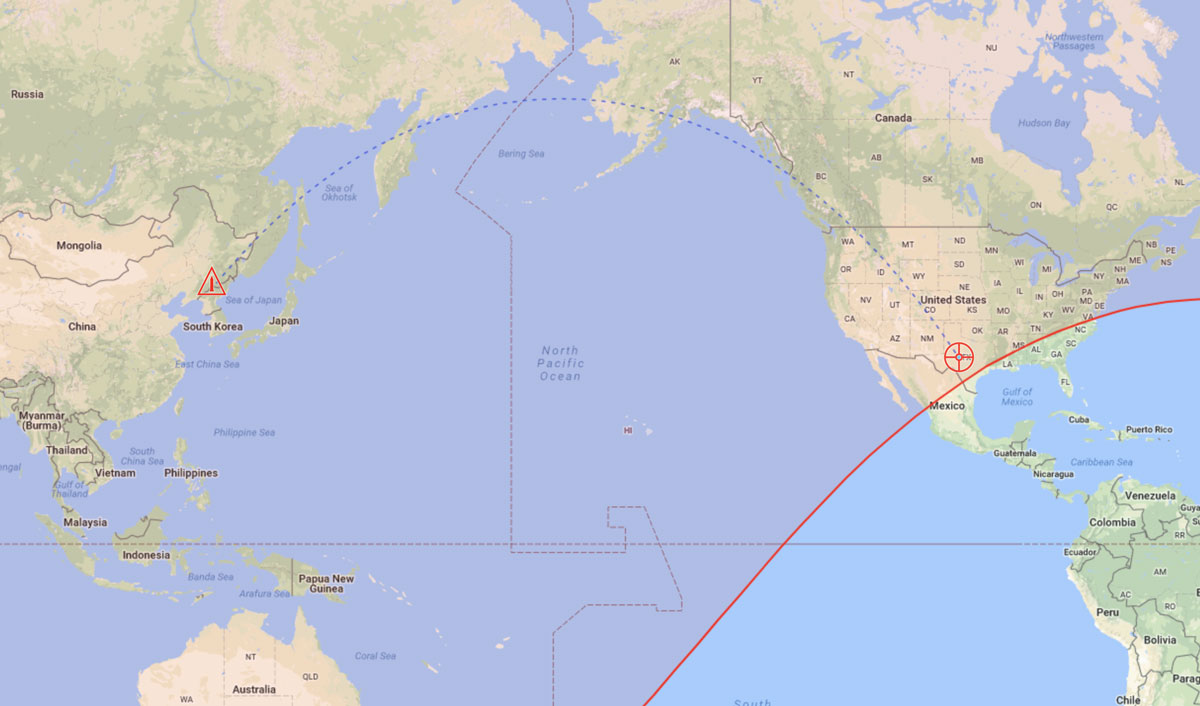
Above: The estimated range of a North Korean Hwasong-15 ICBM if launched from north of Pyongyang, North Korea. (Dr. Alex Wellerstein's MissileMap)
The largest nuclear weapon the North Koreans have tested is estimated to be between 140 kilotons and 300 kilotons, 10 to 20 times the size of the bomb dropped on Hiroshima, Japan during World War II. Yields are estimated based upon satellite imagery and measuring the earthquake during the North Korean’s September 2017 test. The quake was a magnitude of 6.1. The North Koreans don’t announce how large their nuclear bombs are when testing them.
Back in the 1950s and 1960s, U.S. RB-57 and U-2 aircraft based at Laughlin AFB flew through nuclear fallout to collect clues of how large Soviet and Chinese bomb tests were. North Korea’s bomb testing is conducted underground, though.
Physics historian Dr. Alex Wellerstein at the Stevens Institute of Technology, in Hoboken, New Jersey, created a Google Maps mash-up to illustrate the predictive effects of a nuclear bomb blast. His objective isn’t ideological. Rather, he said, it is to give laymen of nuclear war a realistic idea of the actual destruction nuclear explosions will cause. “Some people think they destroy everything in the world all that once, some people think they are not very different from conventional bombs. The reality is somewhere in between: nuclear weapons can cause immense destruction and huge losses of life, but the effects are still comprehendible on a human scale,” he states about his “NukeMap” web application.
We put Wellerstein’s NukeMap and MissileMap to the task of showing what the outcome will be if North Korea’s Dear Leader Kim Jong Un ordered an Hwasong-15 ICBM with a single 150-kiloton warhead strike on the center of San Angelo.
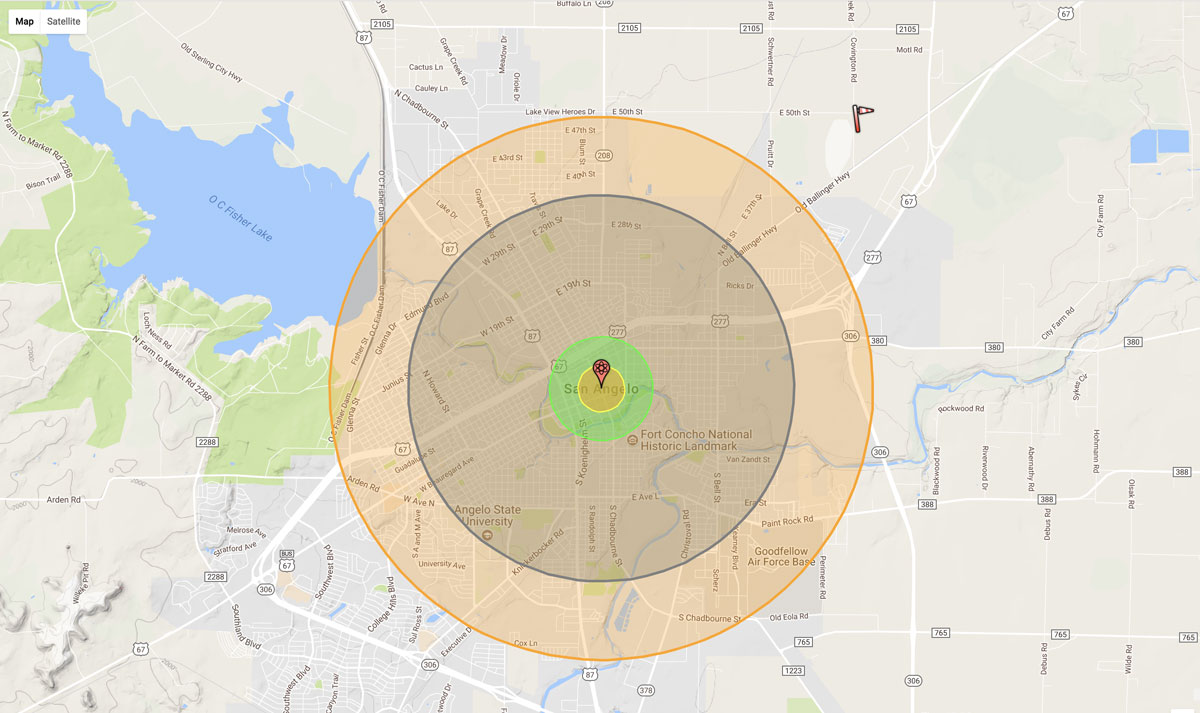
Above: The estimated blast radius of a North Korean nuclear missile if detonated as an "air burst" approximately 5,500 feet above the center of the city. (Dr. Alex Wellerstein's NukeMap)
Here is what we found. The Stripes Convenience Store on S. Bryant Blvd. across the South Concho River still stands. The Walmart on Sherwood Way survives. The Town of Wall is somewhat safe. But north San Angelo, including the Walmart in 29th St. is disintegrated. Half of Goodfellow AFB is immersed in thermal radiation harming many with third-degree burns. Angelo State University is gone.
In all, Wellerstein’s model estimates 25,540 of the 99,254 people in under the detonation and thermal radiation radius would be killed. In addition, his application estimates 36,960 would be injured.
As the United States and the United Nations grapple with the North Korean nuclear weapons program, it is often difficult to visualize the stakes involved. As the false alarm in Hawaii over this past weekend illustrates, it’s likely better to know what kind of threat we are dealing with before the klaxon sounds.
Human comprehension of nuclear war is further illustrated in this photo essay of Hiroshima: The Photos They Didn’t Want You to See (warning, graphic) or the video of the U.S. Army Air Force Strategic Bombing Survey team in August 1946.
Subscribe to the LIVE! Daily
Required


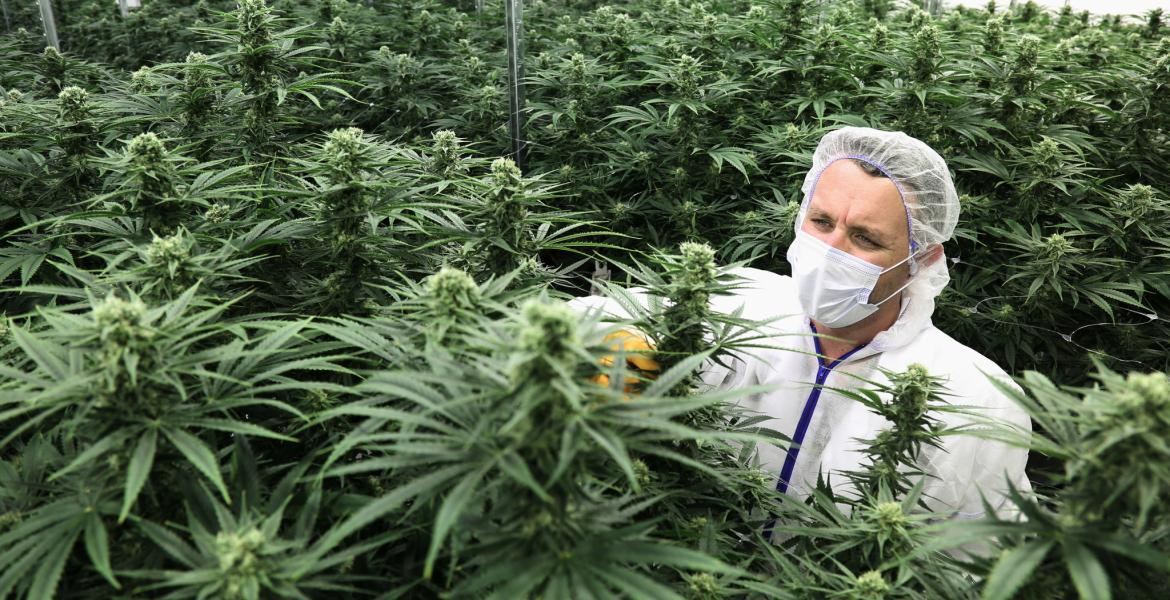
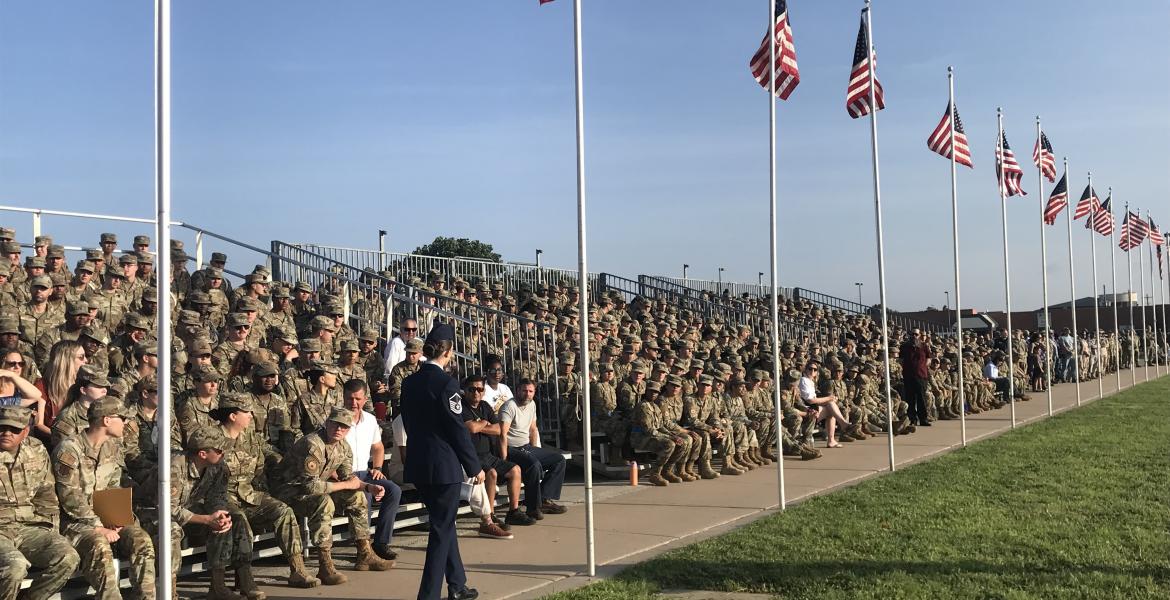
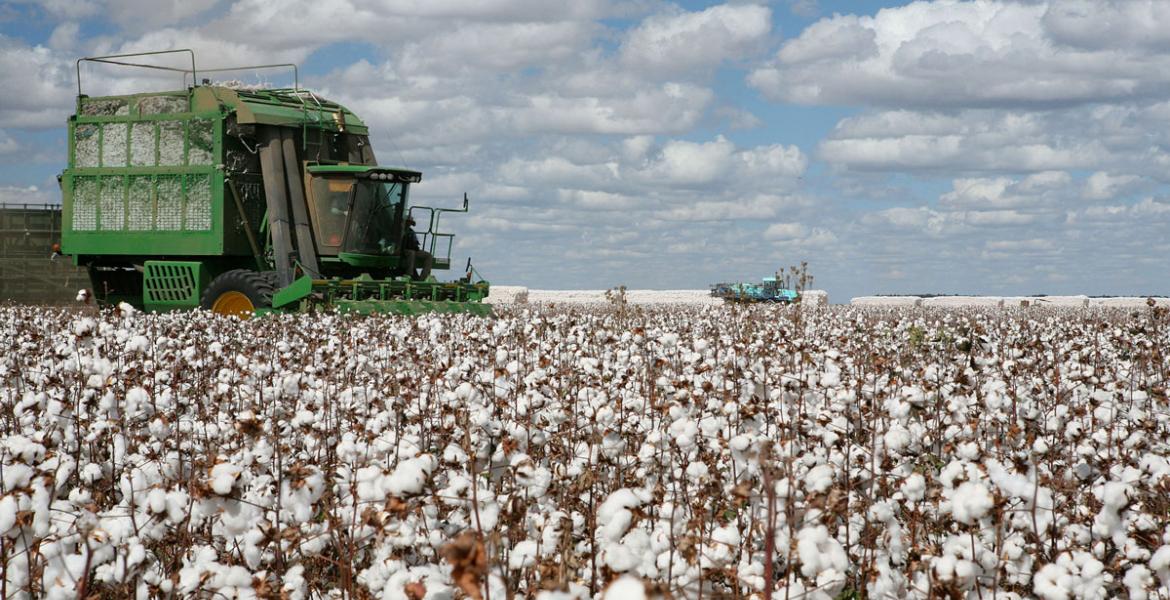

Comments
Listed By: Bryan Weber
What are the odds that Kim Jong Un has even heard of San Angelo, let alone that he would decide to send a nuke here instead of a more populated area in California? With the threat from N. Korea being unrealistic, all this article amounts to is pointless speculation and fear mongering.
- Log in or register to post comments
PermalinkListed By: John Smith
There would be no San Angelo!!!!!!!!!!!!! Blast Radiation
- Log in or register to post comments
PermalinkListed By: John Bariou
Joe,
Thanks for the thought provoking conversation starter. Yes, a conversation that we really SHOULD have with our friends and loved ones who just happen to not think about such things. Be it a lack of understanding, or selective ignorance, preparedness is survival IF the SHTF event ever does play out.
To quote Mr. Albert Einstein: “We can not solve our problems with the same level of thinking that created them.”
Again, thank you for the great conversation starter.
John Bariou
- Log in or register to post comments
PermalinkListed By: Doctor Ding-bat
Who gives a flying flip ? Why sit around and wring your hands and worry about it ? Make plans ? UH..... So what would you make a plan for, dig a 100 foot deep hole and live at the bottom of it for 5 years until the radiation level isn't quite as hot ? Fact is.... there's nothing, absolutely nothing you could do to save yourself or your family. Just accept it and if you're unlucky enough to be one of the "survivors" of the initial blast, you've got days, months and maybe years of misery and suffering ahead of you. If there is a best preparation, keep a weapon with you with plenty of ammo and prepare for mass suicide, at least that would be quick and painless as opposed to the alternative.......
- Log in or register to post comments
PermalinkListed By: Dwight Cimino
My nephew is a policeman there, so, yes, I'm worried about a nuclear detonation in a town that has virtually zero defenses should the warhead penetrate the peripheral defenses we have in place. Characteristically of tyrants, it is the weak spot they strive for, in order to do the most damage. Many other places in our country could also qualify as a soft target, but none of us should ever get the idea "Can't happen here, I'm safe".
Kudos to the writer and publisher, as these are the types of topics that need to be in the conversation, rather than the Kardashians, price of lemons at Walmart, or whether the Browns can win the super bowl.
- Log in or register to post comments
PermalinkListed By: Pogue Mahone
There's some benefits - the water would probably taste better and the streets would be as smooth as glass.
- Log in or register to post comments
PermalinkThe author was either A: drunk when he wrote this. Or B: High on dope.
Honestly stop with the whole what if situation and find a real story.
- Log in or register to post comments
PermalinkListed By: Knuckles Malone
Since this town is one giant pothole and washboard driving obstacle course, maybe a nuke strike in the center would be noticed and maybe not. It may take months for anyone to notice there had been a strike, but hopefully the newly paved MLK would survive as our legacy.
- Log in or register to post comments
PermalinkPost a comment to this article here: